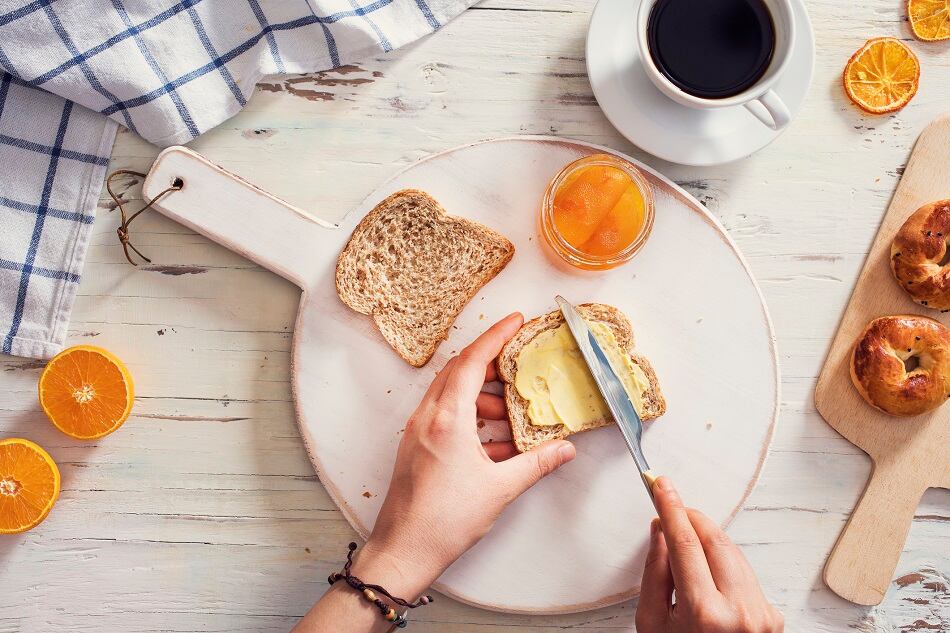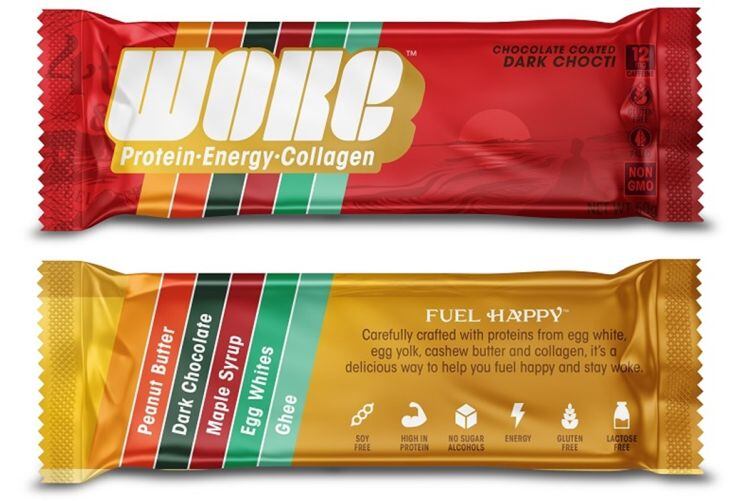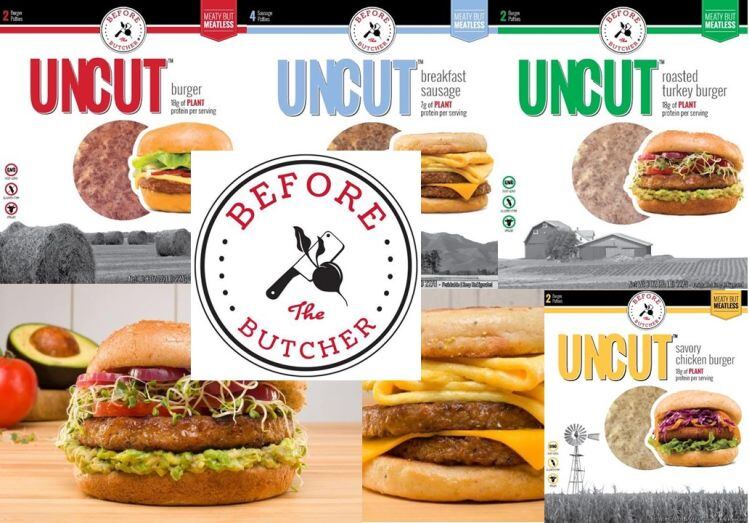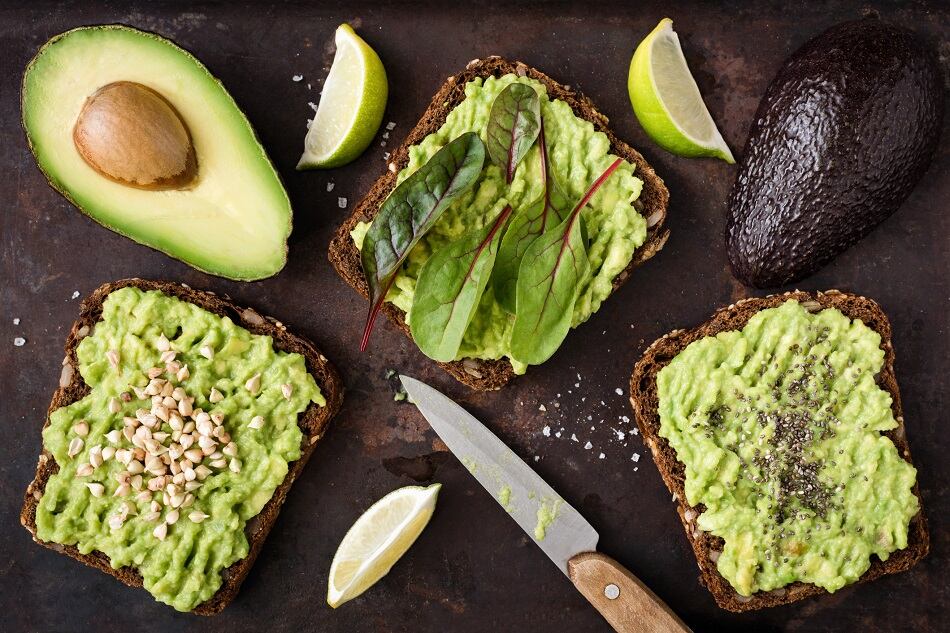A tablespoon of the low-calorie spread contains 2.8 grams of fat and 25.2 calories. By comparison, butter is typically 84% fat and about 16% water, and has about 11 grams of fat and nearly 100 calories per tablespoon. Low fat spreads have approximately 40% and reduced fat spreads contain typically 60% fat.
"Imagine 80% water in 20% oil and we create something with the consistency of butter, with the mouthfeel of butter and creaminess of butter," said food science professor and senior author of the study (published in the journal ACS Applied Materials & Interfaces), Alireza Abbaspourrad.
Abbaspourrad acknowledges that emulsifying water and oil is nothing new but the specific technique researchers used is different. To create the water-based buttery spread, scientists used high-internal phase emulsions (HIPE) by which "we keep adding water to that oil until the final composition is 80% water and 20% oil," said Abbaspourrad. "It's a completely different formulation."
"Since the HIPE technology features high water-to-oil ratios -- while simultaneously delivering unique texture and functionality -- it can play a role in providing healthier solutions for consumers," added lead author of the study Michelle C. Lee, a doctoral candidate in Abbaspourrad's research group.
Is there still a market opportunity for spreads?
Consumers have been embracing fats in a variety of formats including whole-fat dairy products and butter, increasingly turning their backs on low-calorie alternatives such as margarine. Margarine/spreads sales were down -4.5% in 2017 and declined another -3.1% in 2018, according to IRI Total U.S. MULO sales data.
These declines can largely be attributed to the processed nature and artificial ingredients associated with many margarine and spreads products, attributes consumers are avoiding, John Crawford IRI VP of client insights, dairy, previously noted.
The low-calorie butter spread developed by the team of Cornell University's food scientists can appeal to consumers' desire for shorter ingredient decks as the spread contains just a few ingredients (water, vegetable oil, and milk fat) and is free from artificial preservatives and stabilizers typically used in spreads products, noted researchers.
In addition, the water-based spread contains a low saturated fat content compared to whole-fat butter and other oils.
"Essentially, we can create something that makes it feel like butter -- and instead of seeing a lot of saturated fat, this has minute amounts," said Abbaspourrad.
But is fat back?
Despite the catchy headline that 'fat is back', many leading nutrition experts argue that saturated fat still carries nutritional baggage that should not be ignored.
As Dr David Katz, MD, MPH, FACPM, FACP, FACLM, founding director of Yale University's Yale-Griffin Prevention Research Center, and president of the American College of Lifestyle Medicine said at the 7th International Congress on Vegetarian Nutrition (ICVN) last year: “Saturated fat has never been exonerated."
Dr Katz cited the American Heart Association’s presidential advisory, which concluded that “lowering intake of saturated fat [butter, lard, beef tallow, palm oil, palm kernel oil, coconut oil] and replacing it with unsaturated fats, especially polyunsaturated fats, will lower the incidence of cardiovascular disease,” Katz said.
Despite this, butter volume sales increased 5% last year, according to IRI data.
Possibility for plant-based and fortified formulations
Abbaspourrad added that food chemists can adjust for taste, preferences, and health.
"We can add milk protein or plant-based protein, and since the water acts like a carrier, we can adjust for nutrition and load it with vitamins or add flavors," Abbaspourrad said.




